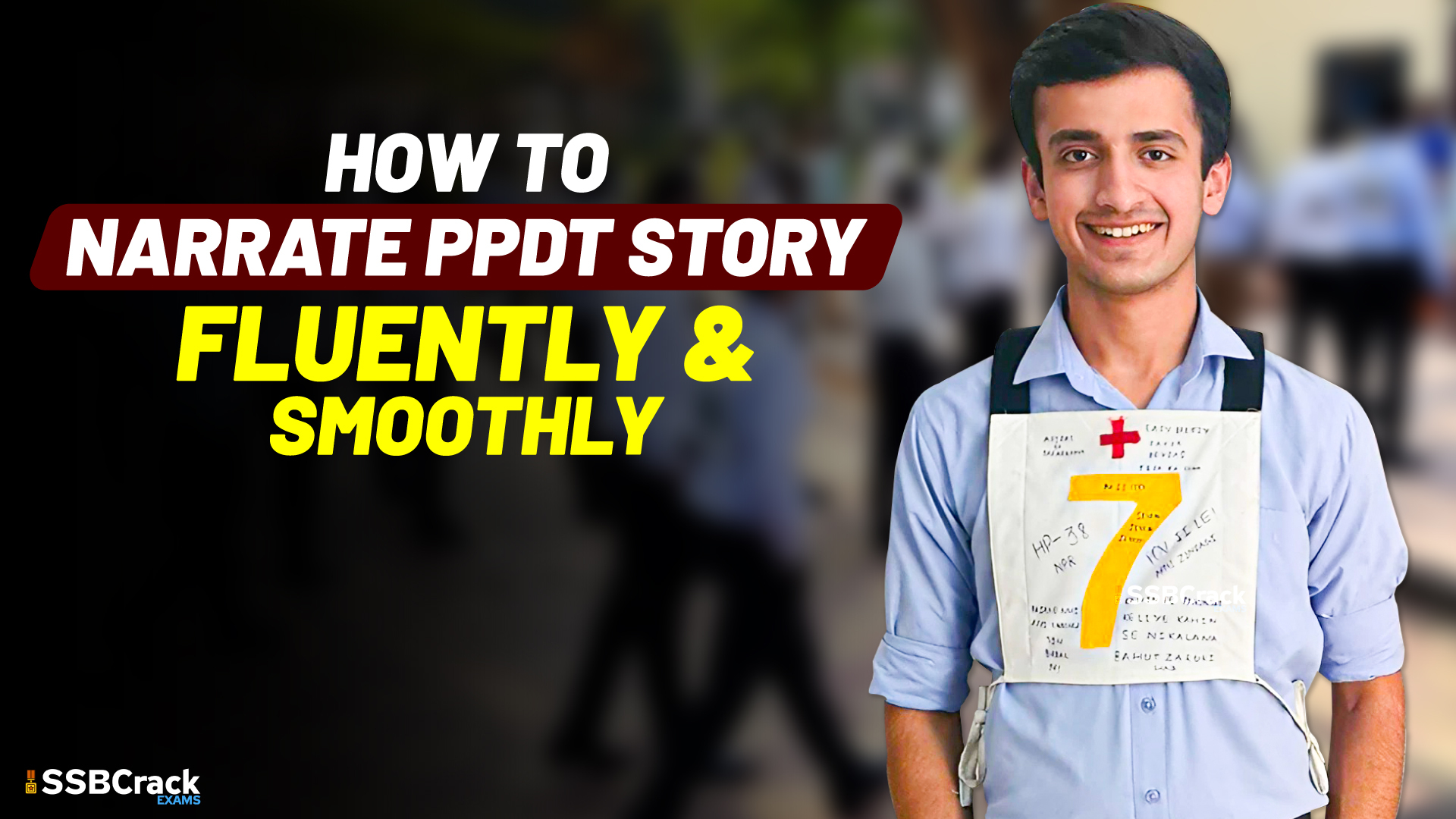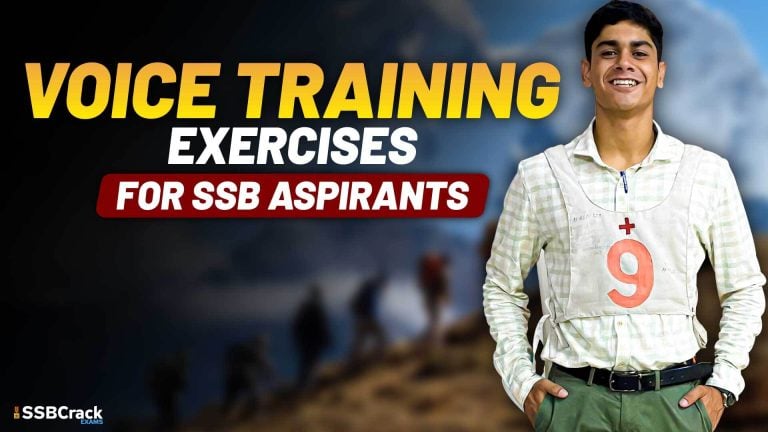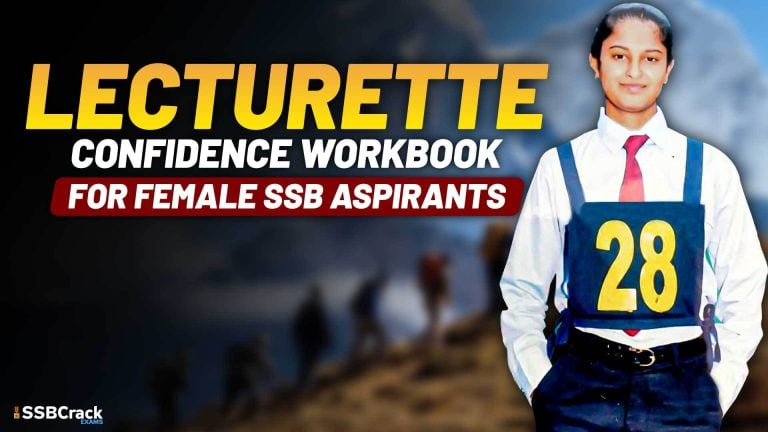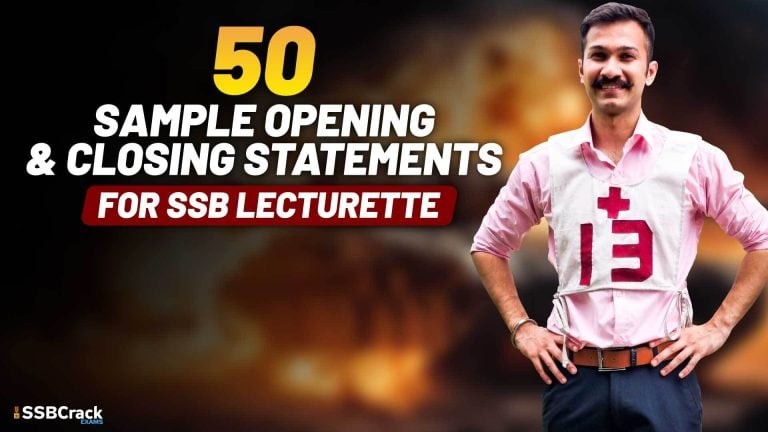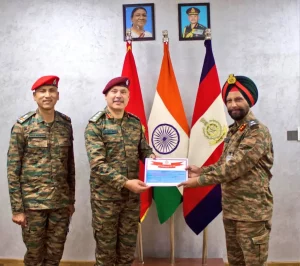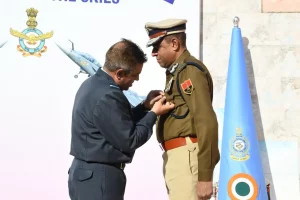Picture Perception and Description Test (PPDT) is a defining component of the Service Selection Board (SSB) interview process, demanding not only insightful storytelling but also a fluent and smooth delivery. The ability to articulate thoughts coherently is vital, as it reflects a candidate’s communication skills and confidence. Here’s a guide on how to deliver PPDT story narration fluently and smoothly, enhancing your chances of leaving a positive impression on the assessors.
1. Practice Regularly:
- Practice is the cornerstone of fluency. Regularly engage in story narration exercises to enhance your articulation and expression.
- Familiarity with the process will boost your confidence and contribute to a smoother delivery during the actual PPDT.
2. Maintain Clarity of Thought:
- Before commencing your narration, take a moment to organize your thoughts. A clear mental outline ensures a more coherent delivery.
- Avoid rushing into the narrative; instead, establish a mental roadmap for a smooth progression.
3. Control Your Pace:
- Pace is crucial in maintaining both fluency and clarity. Avoid speaking too quickly, as it may lead to stumbling or lack of coherence.
- Strike a balance between a steady pace and a natural rhythm, allowing assessors to follow your narrative comfortably.
4. Use Pauses Effectively:
- Strategic pauses can add emphasis and allow assessors to absorb key points.
- Use pauses judiciously, especially after making significant statements or during transitions between different phases of the story.
5. Articulate Clearly:
- Enunciate each word clearly to enhance understanding. Articulate consonants and vowels, ensuring your narration is easily comprehensible.
- Clarity in pronunciation contributes to a smooth and polished delivery.
6. Vary Your Tone and Pitch:
- Monotony can diminish the impact of your narration. Vary your tone and pitch to maintain engagement.
- Emphasize key points with subtle variations, keeping the assessors attentive to the nuances of your story.
7. Maintain Eye Contact:
- While there’s no physical audience in the PPDT, maintaining eye contact with the picture and, metaphorically, with the assessors demonstrates confidence.
- Steady eye contact adds a layer of assurance to your narration.
8. Body Language Matters:
- Even though the focus is on verbal communication, positive body language contributes to an overall fluent presentation.
- Sit up straight, use natural gestures, and avoid distracting mannerisms to project confidence.
9. Practice Vocal Modulation:
- Modulating your voice effectively conveys emotions and engages the assessors.
- Experiment with variations in pitch and volume to create a dynamic and captivating narration.
10. Seek Feedback: – Practice in front of peers, mentors, or friends to receive constructive feedback. – External perspectives can help you identify areas for improvement and refine your delivery.
11. Calm Nervous Tensions: – It’s natural to feel nervous, but channel that energy positively. Take deep breaths before beginning your narration to calm nerves. – Confidence and composure contribute significantly to a smooth and fluent delivery.
Conclusion: Mastering fluent and smooth PPDT story narration is an essential skill for SSB interviews. Through consistent practice, clear articulation, controlled pacing, and effective use of pauses, candidates can present themselves as confident and capable communicators. Remember, your ability to convey your thoughts fluently not only enhances your overall performance in the PPDT but also leaves a lasting impression on assessors, underscoring your suitability for leadership roles within the Armed Forces.
